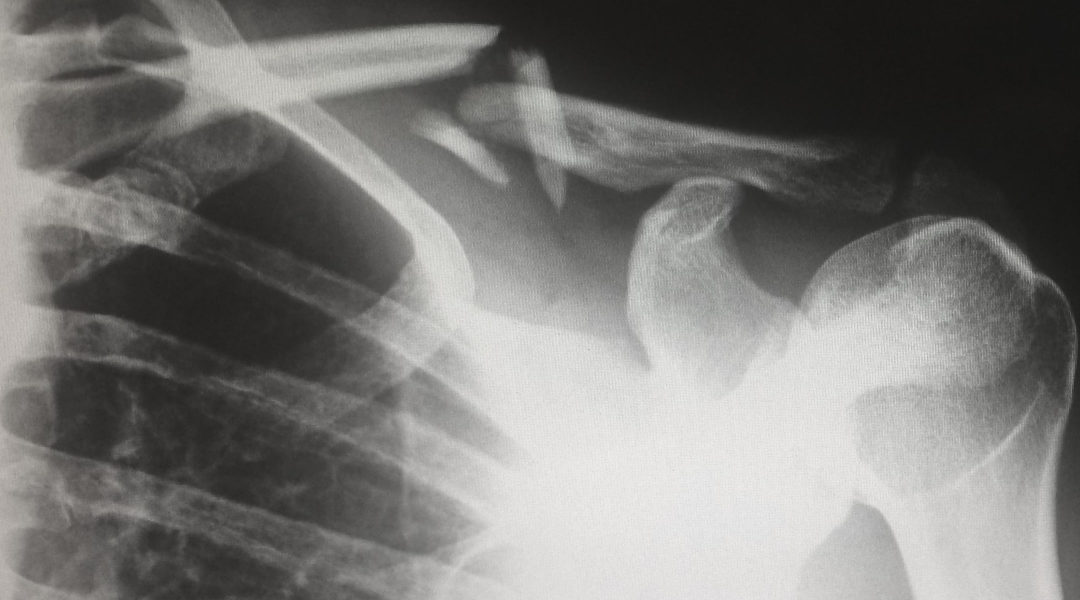When people sustain a broken bone, they usually assume it will take approximately six weeks for them to heal. As long as the bone fragments are in contact with one another, they should heal in approximately six weeks; however, there are some situations where it could take longer for broken bones to heal. For example, if someone requires surgery, it might take longer for the bone to heal completely, and they might require physical therapy to complete the recovery process. Because it can take a long time for someone to recover from a broken bone, this has been a popular area of research. Now, it appears that a broken collarbone suffered by Aaron Rodgers a few years ago is spurring on Xudong Wang, a professor of materials science.
Wang actively researches biomaterials that could use electricity to expedite the recovery of bodily function. He was heartbroken at the prospect of Aaron Rodgers missing too much time, and he started to develop a fracture electrostimulation device, shortened to FED. Wang has previously developed electrostimulation technologies in a hat to help regrow hair and in a bandage to heal wounds, and now he is turning his attention to bone fractures.
The goal is for this device to be inserted via surgery. Then, using electricity, the body will heal more quickly. Furthermore, he is designing the FED to gradually be absorbed by the body harmlessly, preventing the requirements of a repeat operation to remove the device when the recovery process is finished. The main driver of this research project is to help people recover from broken bones more quickly.
Even though the project is still in its early stages, research papers on the topic have already been published. Early devices have been reviewed by peers and shown to be successful. For example, one research paper showed that people using this device recovered fully in six weeks, as measured by bone density and flexural strength when compared to 10 weeks for the control group. Furthermore, the bones came back stronger in those who received the FED. If the project is successful, it could mean that athletes will be able to return to competition more quickly with a lower chance of suffering a repeat injury.

